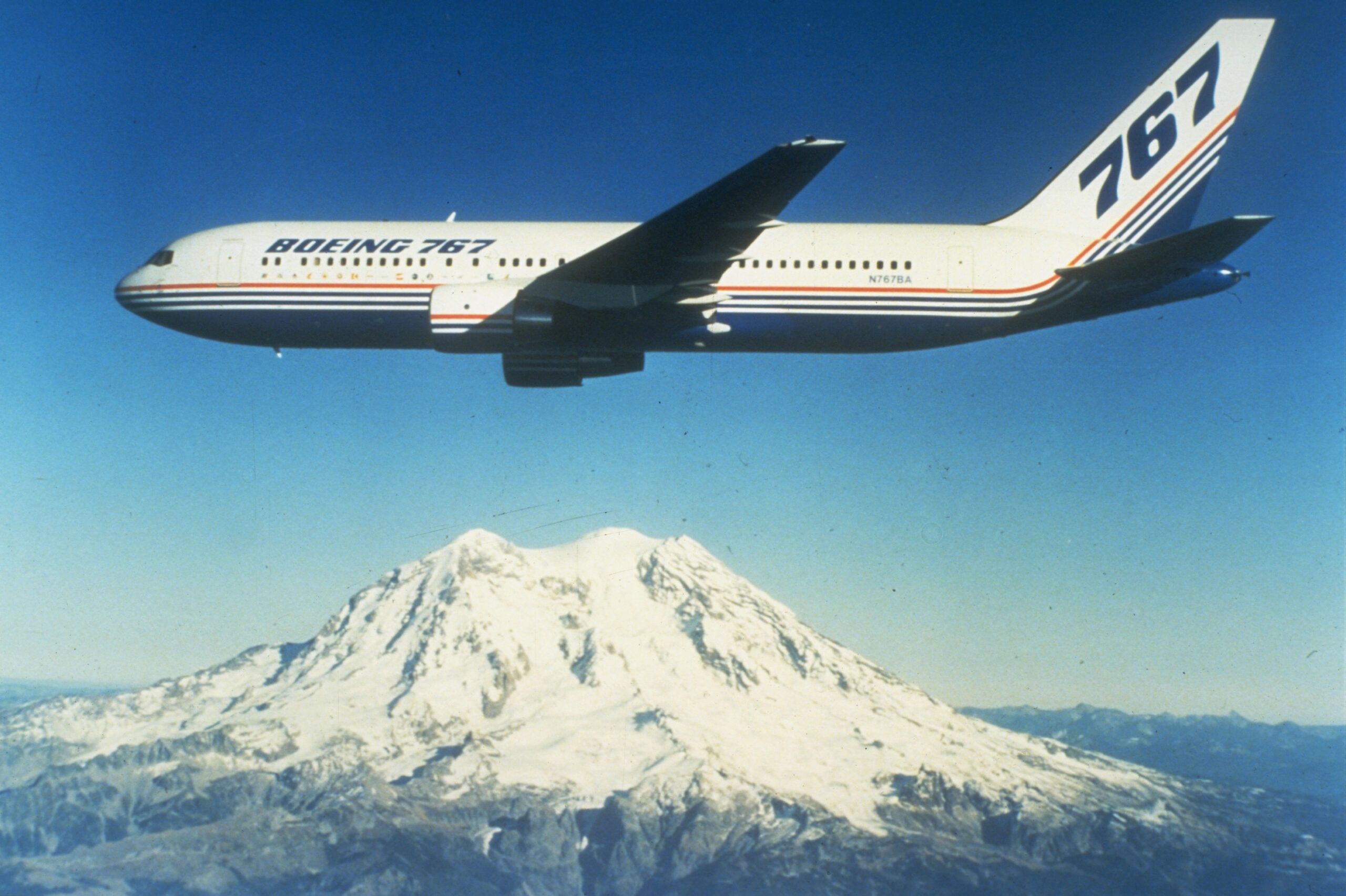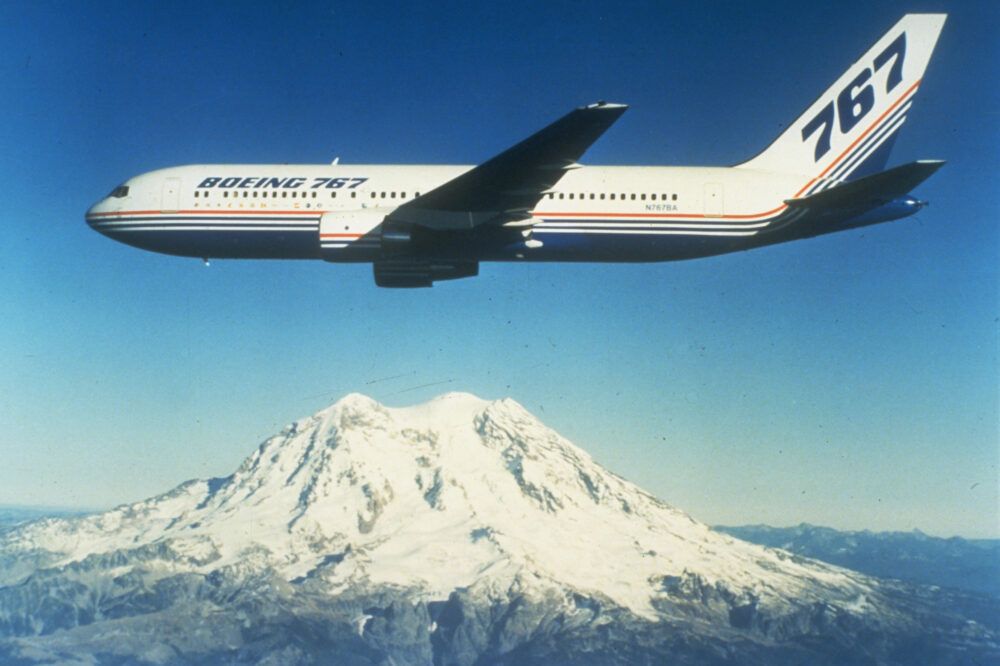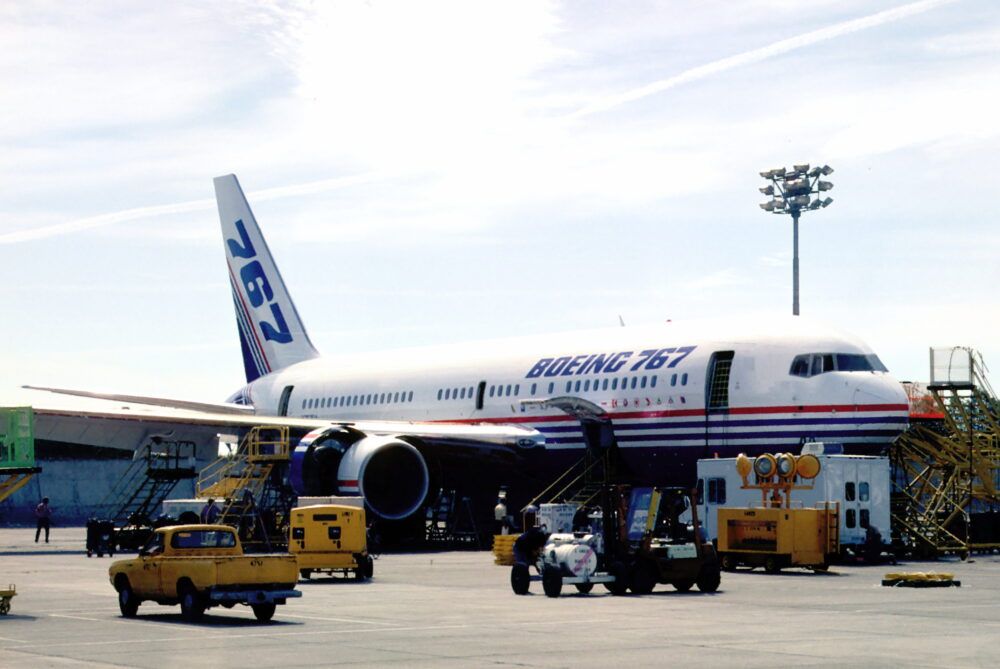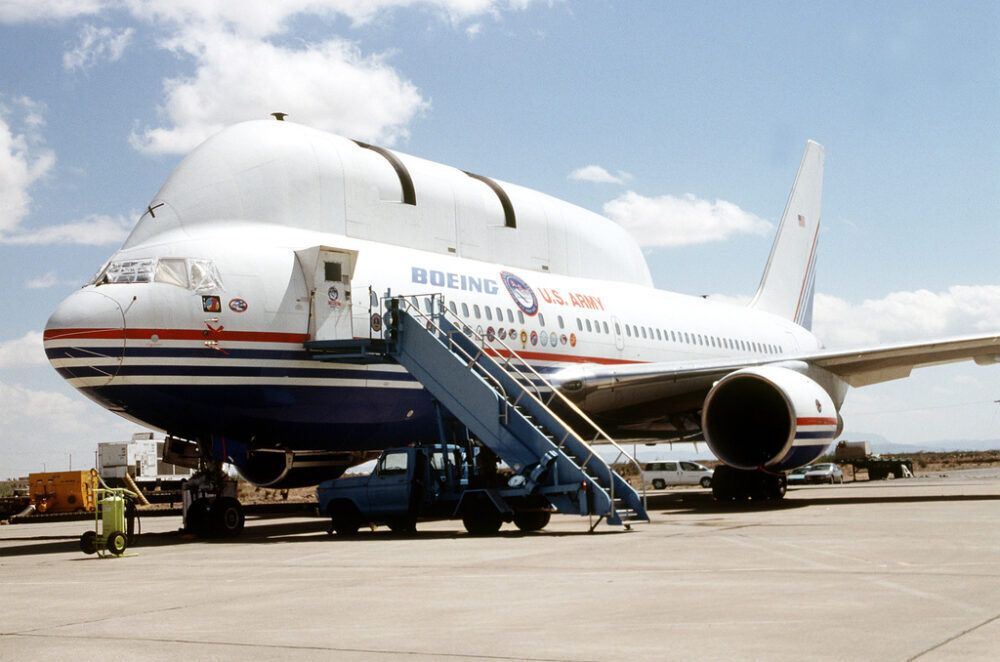The 767 has been one of Boeing's strongest widebody programs, finding use with airlines over four decades later. But what happened to Boeing's first even 767-200? The aircraft was never delivered to an airline for commercial service but rather went to the US government. Here's the unique role the first 767 took on.
Takeoff
Boeing's first-ever 767 was aptly registered N767BA. N is the US aircraft registration code and BA is Boeing's abbreviation and stock ticker. This 767-200 was rolled out on August 4th, 1981, giving the world its first view of the new widebody family. The plane made its maiden flight over a month later, was put through its paces before final approval in July 1982.
In many cases, test aircraft usually go to an airline customer for commercial use. For instance, the first 777X (registration N779XW) will go to Lufthansa. However, this time, Boeing opted to keep the plane as a testbed for new engine variants and much more. However, the plane did find a new operator a few years later.
Stay informed: Sign up for our daily and weekly aviation news digests.
Army
In the 1980s, the US Army chose the 767 for its Airborne Surveillance Testbed (AST). The Army, Raytheon, and Boeing worked to heavily modify the aircraft to carry infrared sensors that could accurately detect and track intercontinental ballistic missiles (ICBMs) and later short-range missiles too. Work began on modifying the plane in late 1984, and the modified 767-200 took off for the first time in August 1987.
Undoubtedly, the most recognizable feature of the AST 767 was the 86 foot long hump or inverted canoe, known as the copula. This housed the sensors and had two openings that retracted midflight to record information. Creating the copula was no mean feat, requiring a balance of aerodynamics, infrared technology, and military efficiency.
Boeing delivered the first testbed at no cost and built it on the platform of N767BA. The plane was housed at Boeing Field in Seattle but actually flew across the US and the world, taking part in test missions and routine surveillance. It comprised an important part of the US Department of Defense's deterrent missile strategy.
Successful
N767BA was officially retired in 2003, once the AST program came to a close. Overall, the plane was a success in its goals, achieving a 95% mission success rate over 100 target-viewing tests. Its legacy carries on today through the data is collected for current Boeing missile programs like the Delta II, Arrow, and many others.
Due to the heavy modifications and its age, the plane could not be redeployed for another mission. Instead, after 24 years of use, the first-ever 767-200 was retired at Victorville Desert and remains there to this day.
What do you think about the AST program and the modified 767? Let us know in the comments!




